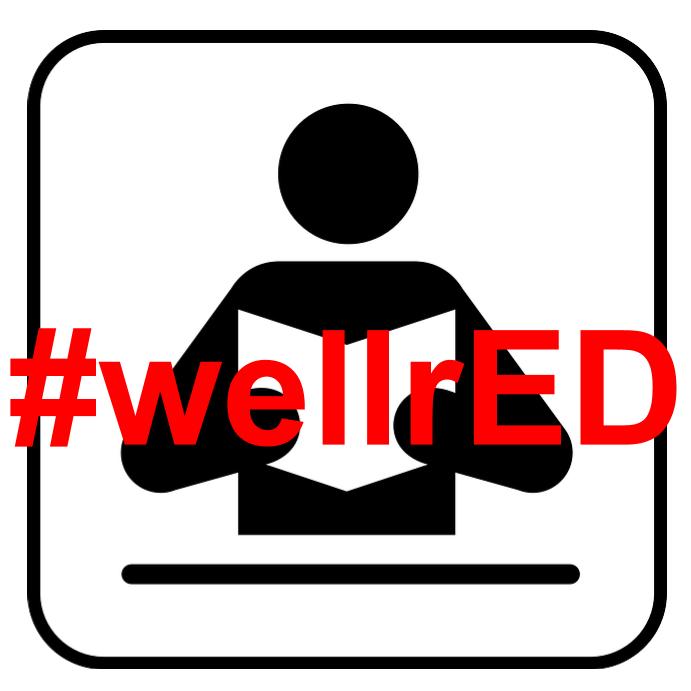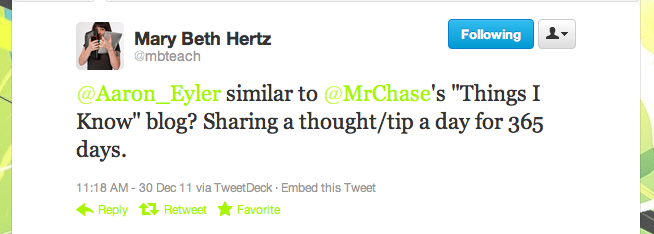Shoulda, coulda, woulda.
– Anonymous (though I first heard it from my high school principal)
A difference exists between the things we can do and the things we should do.
Mostly, I think about the things we should do.
The things we can do are infinite. It just seems more beneficial to focus on those things.
Today, though, I did one of the things we can do, and it struck me that, perhaps, we should be doing it more.
Tomorrow is the end of the term for SLA seniors. For my class, this means their final projects are due tonight by midnight.
Those final projects consist of a close reading of a text of their choice through a literary lens of their choice.
We’ve been working all quarter on close reading and literary lenses, so one would hope these will be strong essays.
The first act of the semester was to have them write the kids write their rough drafts of their essays and turn them in on google docs. They thought of it as an assignment while I thought of it as the collection of baseline data.
I learned where we needed to focus and what pieces of the puzzle were missing.
The closing act of the semester was to revise and finalize that same essay – to fill in the gaps of the rough draft with what they learned in the quarter.
If English teachers are constantly telling their students to take time between drafts to let them breath, these drafts were the equivalent of a fine wine in a decanter.
The problem today in class was my inability to read every document while students were synchronously reading them in google docs. While I did a fair amount of commenting and conferencing, many of the docs missed out.
I had to take my work home with me.
At the same time, my students needed to be working.
When I checked my e-mail this afternoon, I had a message from a student asking for an edit.
She was one of the students I’d missed during class, so I felt even worse.
I logged in to the google doc ready to edit.
I suppose I could have typed my comments and suggestions to this student. I could have.
But they were complex comments about global revision that required some pretty intense explanation.
I decided to take advantage of what I could do.
I e-mailed the student asking for her phone number.
She sent it in her reply.
I called through google voice.
We talked for just under 10 minutes.
“Here is where I think you could really sharpen your analysis,” I said as I moved my cursor to particular place in the document, “Do you see where I’m talking about?”
“I do,” she said.
We went on like that.
“Now, look at the evidence you bring in here,” I said, “Is that necessary to the thesis?”
It wasn’t, and she knew it.
By the end of our conversation, my student had a clear understanding of what was necessary for the strengthening of the argument and for the completion of the project. She got it.
I ended it knowing I was going to get a produce submitted that was much stronger than I would have otherwise.
Those ten minutes improved the learning of my class, though they had no connection to the classroom.
I realize I broke several unspoken rules of teaching.
I talked with a student outside of school.
I talked with a student on the phone – well, google phone.
I gave up free time for teaching.
I brought my work home with me.
I did more than other teachers would have done.
Somewhere along the way, I worked outside of contract or expectation. In the middle of it, I thought to myself, “This is something my English teachers never could have done – even if they wanted to.”
And that’s the key. That’s the thing that must transform our craft and practice as teachers. It’s the thing traditional teaching contracts and pedagogy haven’t caught up to. If I can teacher anytime and anywhere, I should be.
If I can be positively impacting a student’s learning outside of the school day, I should be.
If I can be thinking about the school day in completely different terms, I should be.
Tonight I used about four different technologies to teach a lesson more completely and impactfully than I could have in my classroom during the regular day.
After that, I ran smack into the fact that our thinking about education hasn’t caught up with the opening gambit of what’s possible.
We should work on that.
Like this:
Like Loading...


